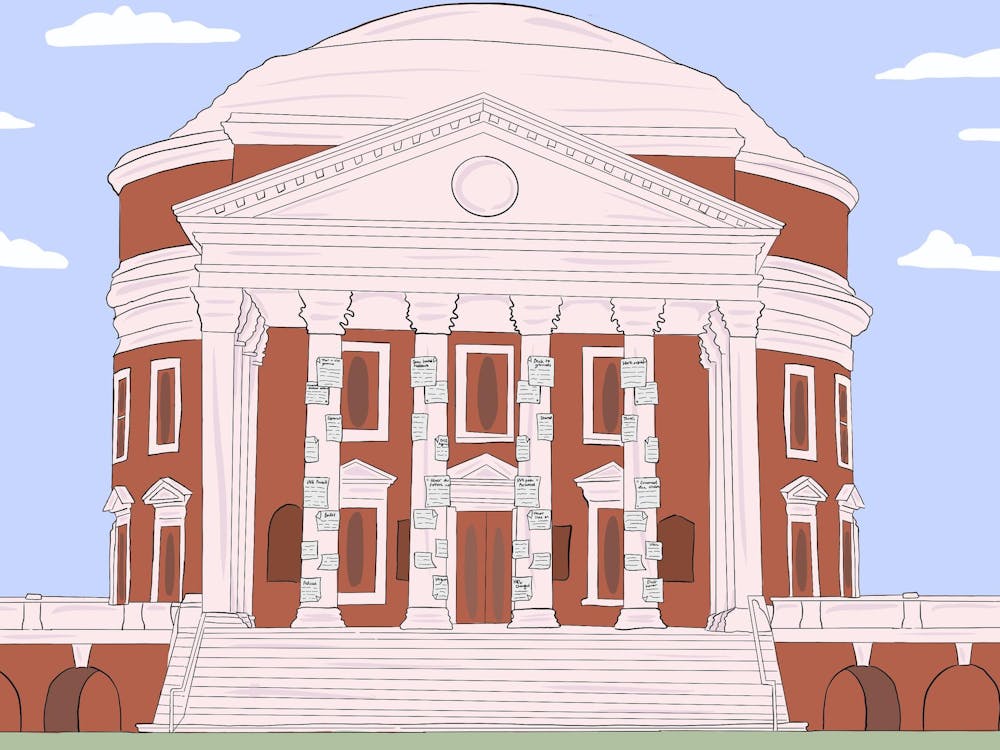STANFORD University has taken a stand without even knowing it by banning the use of virtual advertising in the broadcasts of their basketball games. Virtual advertising distorts the reality of a broadcast by using computers to overlay a digital image over an object on the screen.
The Stanford administration vetoed a deal last week that their athletic department had signed with Princeton Video, the leading company supplying television stations with the technology to insert ads into a broadcast. For example, this technology would allow a television station to place an ad or slogan on, say, the outfield wall during the telecast of a baseball game. In reality, that wall has no sign.
What makes this troubling is that these games and events often are broadcast as live telecasts. Live means unaltered and unedited. Live means real. Live means if I was at that event, I would be seeing the exact same thing as I see on the television.
Organizations that broadcast sporting events is expected to report things accurately and factually. Even taped events still have the same implied guarantee of truthfulness expected by a viewer.
Television stations have a responsibility to broadcast the truth. If an image is claimed as real, then it must be exactly as the cameraman recording the event sees it. It can be no other way.
Newspapers, like this one, have the same ethical responsibility when they print a picture. It must be printed exactly as the picture was taken. Should a person be facing a direction different than the editor would prefer, he cannot flip the image. Doing so could dramatically alter the picture, and thus the information it gives to the reader. This is not truthful, factual reporting that a news source is required to provide.
An image that has been run through a computer and had its scenery manipulated with generated pictures placed in strategic places is a manipulation of reality. As such, virtual advertising is basically lying to viewers. These pictures are not live and they're not factual.
Once a broadcast has been altered, further manipulation is easier to imagine. If some digital manipulation is acceptable, how much is? Where do we draw the line?
I have no quarrel with advertisers placing their ads on billboards or even the walls of a ballpark in real life. The problem is the underhanded way in which a television station can trick a viewer into believing that such a thing is actually present when it in fact is not.
If a company is allowed to change the scenery of a particular image, and allowed to make it appear as they wish, certainly they can alter the image and perhaps alter dramatically the information it communicates to viewers.
At a baseball game, instead of inserting an advertisement on the walls of the park, the same technology could be used to insert a person instead of an ad. The producer could possibly place the spokesperson of a company on the sidelines holding the product and waving at the camera.
To the audience at home, the spokesperson is at that game. Viewers wouldn't know the difference. Similarly, the director might remove an image that was undesirable, perhaps a shirtless fan in the stands or someone wearing clothes bearing the logo of a rival company. To the viewer at home watching the game, there is no fan. Or perhaps a player on the sidelines has been removed. That would definitely change a person's perception of the game.
Virtual, inserted images are a form of advertising, of course, but they are used without knowledge of the viewer. The viewer at home is not informed when these images are used and when they aren't. Yet these games and events are broadcast as reality. The viewer is being lied to. He is unaware of the change he is seeing. This is wrong.
An ethical line has been crossed and has made the entire issue very cloudy. Where is the line between altering the content of an event and merely altering the scenery? The distinction between adding an ad and perhaps removing something undesirable would be left to the discretion of the director. This broadcast would not be factual anymore.
If television broadcasters are allowed to manipulate their coverage, then what you are watching is not real. It's a work of fiction.
(Luke Ryan is a rising third-year College student.)






